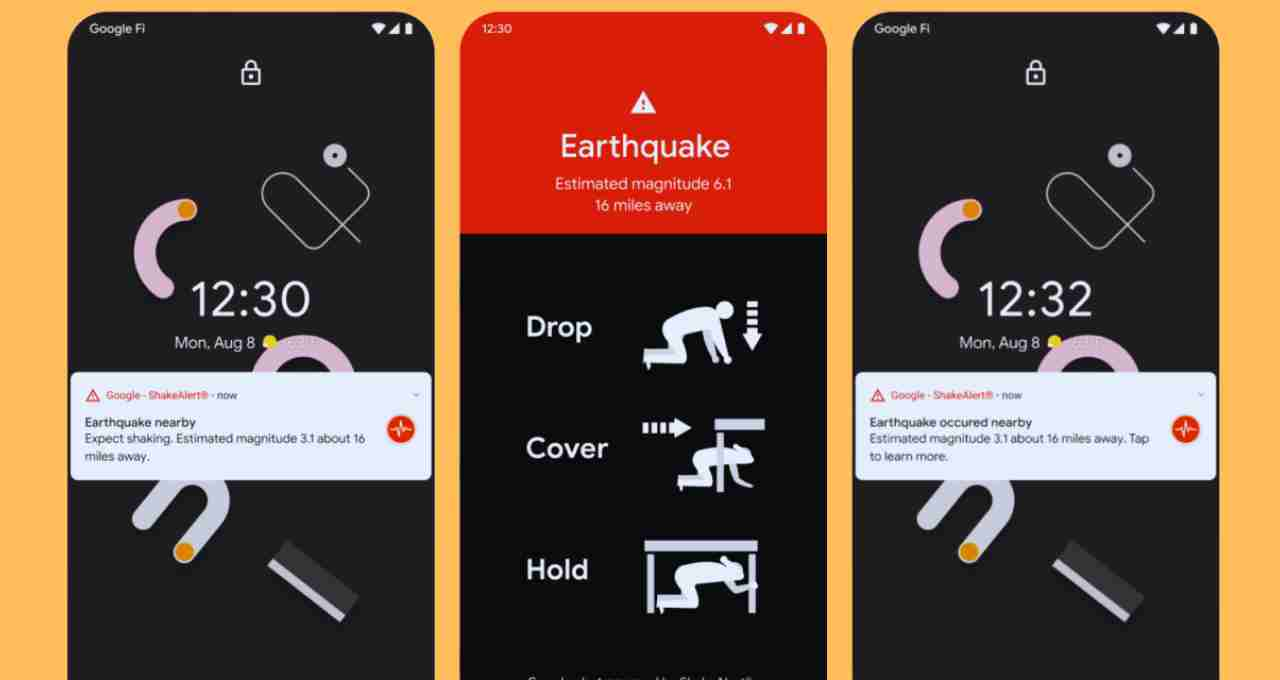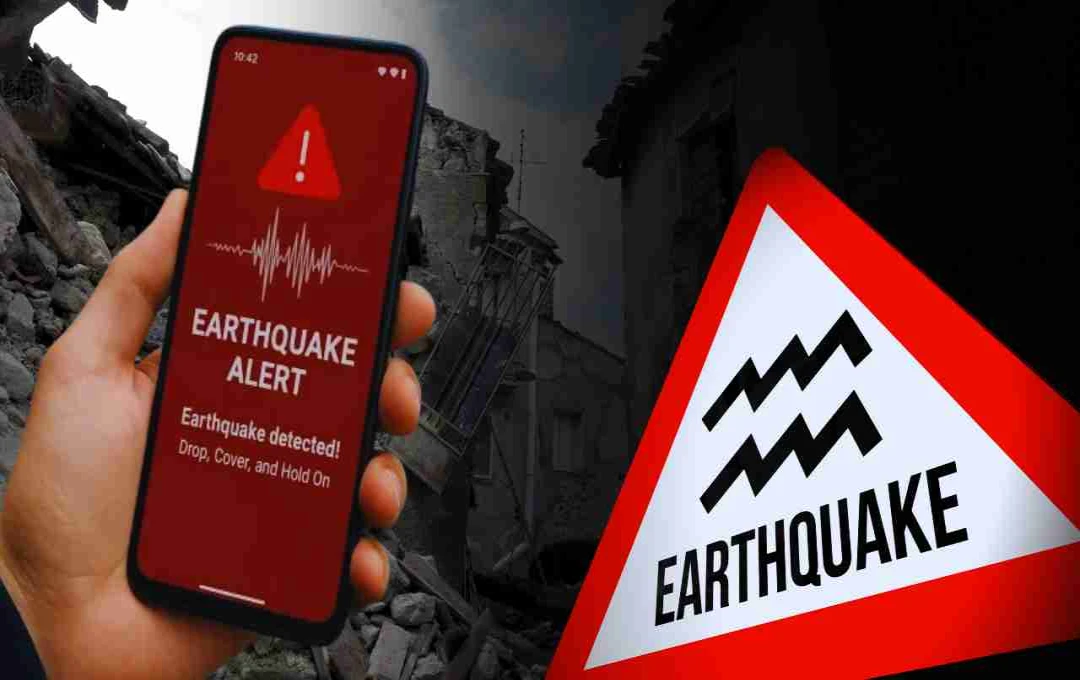Google's Android Earthquake Alert System failed to provide accurate alerts during the 2023 earthquake in Turkey. Approximately 500,000 people received weak 'Be Aware' alerts, resulting in significant consequences. Google acknowledged the error and pledged to improve the system.
Earthquake Alert System: The devastating earthquake that struck Turkey and northern Syria on February 6, 2023, claimed the lives of thousands and destroyed countless buildings. This natural disaster shook the world. However, a surprising revelation has emerged — Google's Android Earthquake Alert System (AEA) failed to warn people in a timely manner during the earthquake. Google has acknowledged this error, stating that a technical flaw in the system prevented the 'Take Action' alert from reaching millions of people in time.
How did Google's Earthquake Alert System Fail?
Google's Android Earthquake Alert System claims to warn users before an earthquake strikes by detecting ground movement through sensors in mobile phones.
However, in the devastating earthquake in Turkey, which measured 7.8 on the Richter scale, the system underestimated the severity of the tremors. According to Google:
- Only 469 'Take Action' alerts were sent, while approximately 10 million people were present in the affected area.
- Around 500,000 people received only the 'Be Aware' alert, which is intended for mild tremors. This alert does not ring the phone loudly and does not override the 'Do Not Disturb' mode.
- As a result, most people were not aware in time.
How does the Android-based AEA System Work?

In the AEA system, sensors in mobile phones (such as accelerometers and gyroscopes) sense ground vibrations. When the vibrations exceed a certain threshold, this data is sent to Google's servers. An algorithm on the server determines whether an earthquake has occurred and immediately sends alerts to users. Despite the fact that over 70% of mobile phones in Turkey are Android-based, this system did not perform to its full potential.
Why Did Google's Algorithm Provide Incorrect Information?
Google's algorithm initially interpreted the earthquake's magnitude to be between 4.5 and 4.9, which was much lower than the actual 7.8. This miscalculation limited the alert level to 'Be Aware,' which is too weak to provide an adequate warning. Months of investigation following the event also revealed that no one in the area received a 'Take Action' alert.
What Steps Has Google Taken?

Google acknowledged the error and stated that they are constantly improving their system, learning from each earthquake.
- Later, when they re-ran the simulation of the same earthquake, the system would have sent an estimated 10 million 'Take Action' and 67 million 'Be Aware' alerts.
- During the second tremor (7.5 magnitude), the system performed better and sent 8,158 'Take Action' and approximately 4 million 'Be Aware' alerts.
The system is now active in a total of 98 countries, and Google claims that the system has been upgraded, learning from the disaster in Turkey.
The Role of the AEA System in a Global Context
Google's AEA is a revolutionary technology that uses sensor data from mobile phones to provide early earthquake warnings. Previously, such alert systems were limited to large institutions and government agencies, but Google has made it available to the general public. However, the failure in Turkey has also highlighted the limitations and complexities of this technology.
Lessons for India: Be Prepared, But Don't Rely Entirely on Technology
India is a seismically sensitive region, especially North India, the Northeast, and the Himalayan region. In such a scenario:
- It is essential to focus on disaster management and public awareness, without relying solely on technology.
- Local-level siren, TV, radio, SMS alert systems, and community training must be developed.
- Mobile companies and the government should collaborate to develop a hybrid alert system that combines both technical and human approaches.














